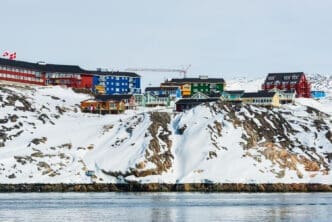The decision by the Supreme Court of Canada not to hear the Alberta government’s appeal marks a significant development in a high-profile, multibillion-dollar coal mining lawsuit. This legal battle, initiated in 2023, stems from claims by five coal companies that they were left with unusable land following the reinstatement of Alberta’s coal mining policy. Originally lifted in 2020, the policy was reintroduced in response to public opposition, resulting in restrictions or bans on coal mining in certain areas where the companies had acquired land.
The companies involved in the lawsuit argued that former energy minister Sonya Savage and then-environment minister Jason Nixon should provide testimony. An earlier ruling had exempted both from appearing. However, the Alberta Court of Appeal later determined that Savage should testify, as her insights were deemed crucial to understanding the policy decision. The Alberta government subsequently sought to challenge this ruling before the Supreme Court of Canada, which has now declined to hear the case.
The Evolving Landscape
The Supreme Court’s decision has broader implications for regulatory policies and corporate investments in Alberta. It underscores the importance of transparent policymaking and accountability, particularly when significant financial and environmental interests are at stake. For local communities, the reinstatement of coal mining restrictions may offer reassurance regarding environmental preservation and public health concerns linked to coal mining activities.
For the coal industry, the decision highlights the risks associated with policy reversals and the need for clear communication between government and businesses. The outcome of this lawsuit could influence future investment strategies and legal approaches within the energy sector, potentially encouraging companies to seek more stable regulatory environments. Ultimately, this decision may shape the interaction between public policy and private enterprise in Alberta, affecting economic dynamics and environmental stewardship in the region.











